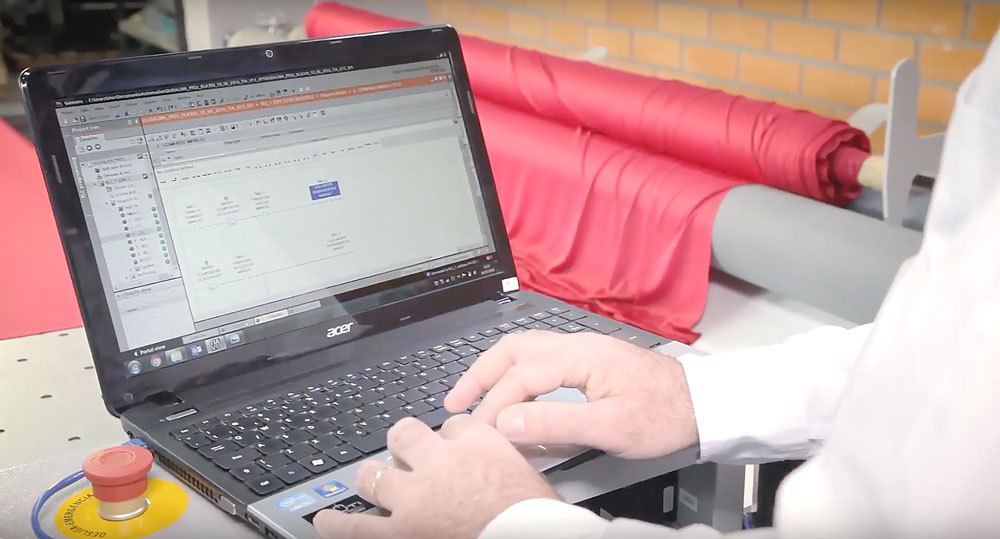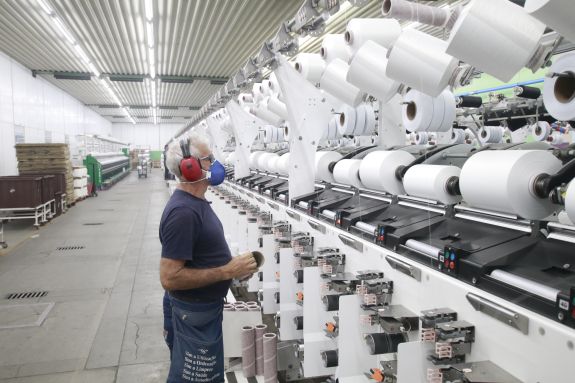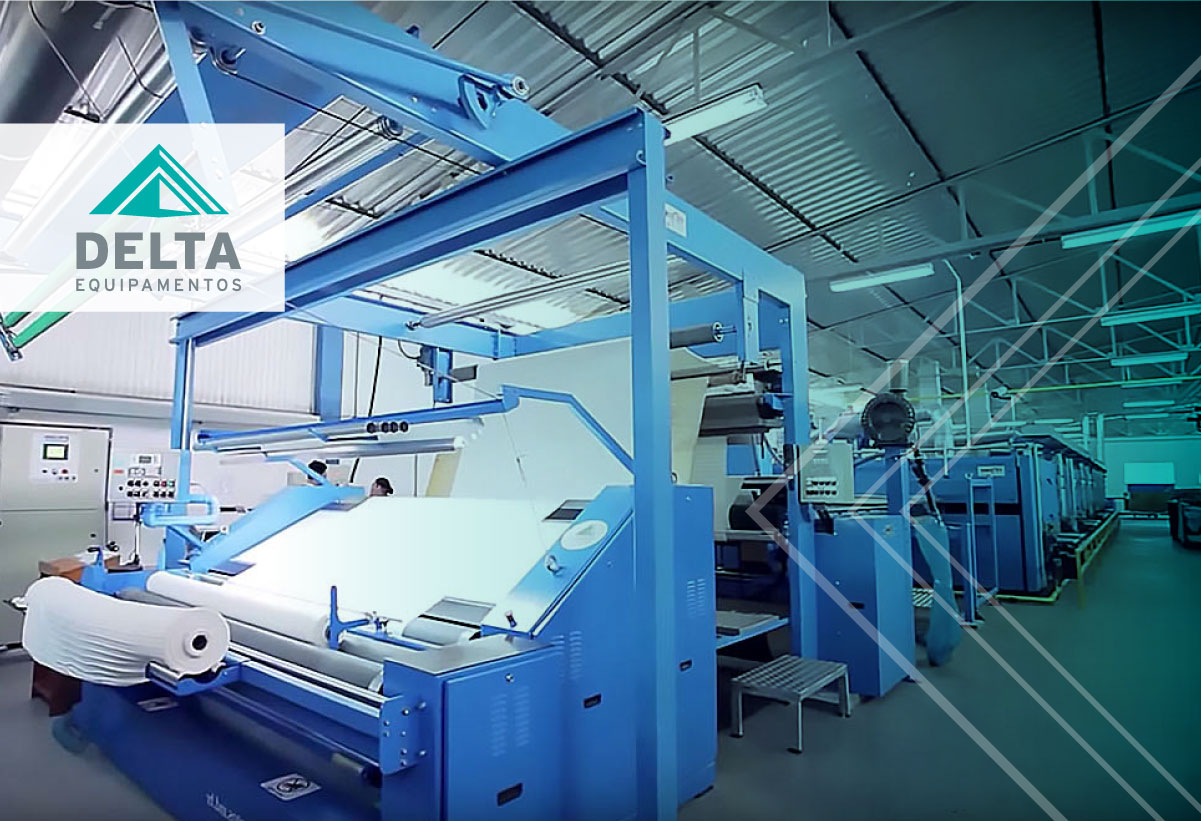In the current competitive scenario, companies in the textile sector, in order to guarantee the efficiency of their processes, the best use of their resources and customer satisfaction, must adopt a standard in their textile production.
This standardization ensures production quality and allows the company to take advantage of better market opportunities.
In this article, learn about other benefits of adopting a standard in your processes and see tips on how to implement it in your industry. Follow along below.
The standardization of textile production processes
A production process is one that receives an input, generates added value and an output for the customer, making use of the company’s resources to obtain concrete results.
And it is only possible to achieve this effectiveness by having an efficient and interconnected production chain in its stages, delivering what was agreed upon to the buyer. Everything is achieved through the standardization of tasks, so that repeatability, predictability and the possibility of continuous improvement are achieved.
To achieve this, it is necessary to develop a process standardization system that determines the systematic actions and how their production direction should be.
Benefits of having standardization in textile production
When a company is uncertain about the final product of its textile processes, it becomes difficult to convince large customers, such as retailers, to place consistent orders. Among them, the following stand out:
1. Master the processes
Many companies, especially those with family origins, end up relying on feeling to the detriment of adopting a more systematized production line. As a result, it is common for many managers to not even know how certain pieces are produced, whether the current process is the best way to produce, etc.

When standards are established in textile production and everyone follows them, the company acquires total control over its process. Because all the actions necessary to produce the parts are known to those involved and are agreed upon between them. This domain is a valuable differentiator for the organization. Generating market intelligence, differentiating the industry from competitors and allowing continuous improvement to be developed.
2. Guarantee the quality of your production
The standardization of processes in textile production is an excellent resource for ensuring quality and effectiveness. Since each action or task will be standardized, and its execution must follow what was agreed, taking into account the best market practices.
+Learn more: Advanced manufacturing: what it is and who is already using it
+Learn more: How to modernize quality control in manufacturing?
3. Reduce final product variability
When all employees know what and how should be done, and the machinery is adjusted to achieve the same result, it is possible to reduce variations in parts. They compromise deliveries, generating rework and waste of resources, in order to make abnormalities and deviations immediately visible so that corrective actions can be taken and that parts other than those contracted do not reach the market, affecting the company’s credibility and customer satisfaction. .

4.Having stability in textile production processes
By incorporating standards into the work routine, it’s possible to minimize variability in task execution methods. This allows for predictability of time, cost, and the final output at each stage.
Knowing the durations of activities and raw materials, your company will be able to develop much more precise and accurate planning and budgeting. This also improves your purchasing system and inventory management.
+Learn more: 5 benefits of adopting data collection in quality management
+Learn more:Damages from poor quality inspection
5. Seizing market opportunities
When a company is uncertain about the final product of its textile processes, it becomes difficult to convince large customers, such as retailers, to place consistent orders.
If in the same display of this merchant, which should have identical pieces, just in different numbers. There is, for example, a great variability in the color of the fabrics or the quality of the finish, which will certainly lose sales and receive complaints from its customers.

Therefore, these magazines adopt a strict quality control standard from their suppliers. Approving only those that also present guarantees regarding the quality and standard of their deliveries.
+Learn more: Textile quality control and mesh preparation
+Learn more: What is quality control? How does it work in the textile industry?
How to establish a standard?
It is important to keep in mind and make the work team aware of what the standard represents: the best way to do something to achieve the expected result. Still, it is the starting point for improvement – after all, we can only improve what we know and have already mastered.

And to adopt a standard in your textile production, you can start by applying the following system:
- Identify an improvement: the adoption of a standard begins when it is identified that something needs to be improved in the company.
- Develop a new standard: those involved in the previously identified process analyze in detail all the ways in which the task is currently performed. And they detect which practice is the most cost-effective and efficient in accordance with the company’s objectives. From this, a proposed standard is drawn up to be tested and subsequently adopted by everyone.
- Approve the new standard: after verifying its real effectiveness, the standard will be approved by managers to be incorporated into the work routine.
- Carry out training: to be effective, naturally, the standard needs to be understood and used by the team. To this end, detailed training and small meetings or workshops are recommended to continually review the best practices to be adopted.
+Learn more: Advanced manufacturing in the Textile Industry. Quality control in the era of Industry 4.0
Furthermore, it is important that the developed standard has the following characteristics:
- Be based on good practices and targeted at users, presenting direct and accessible language.
- Really be possible to achieve.
- Define with maximum clarity and precision the way in which actions should be carried out.
- Always contain concrete guidelines, with no room for interpretation.
Finally, it is important to have machinery that allows all of this to actually be followed: having a proofreader that helps eliminate poor quality fabrics is a highly strategic action to be implemented in textile production.
So, did it become clearer why standardization in textile production is important for the industry? Have you already adopted standardization in your production processes? Share your questions and experiences in the comments and see you next time.


![textile production - E-book]How to guarantee quality control in the textile industry?](https://deltamaquinastexteis.com.br/wp-content/uploads/2019/04/ebook-como-garantir-o-controle-de-qualidade-na-industria-textil-1.jpg)